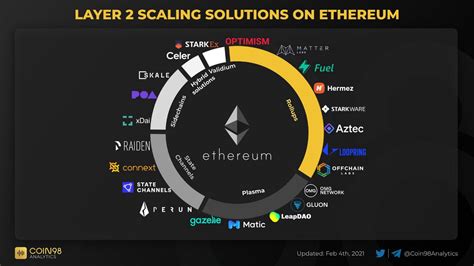CRYPTOCURRENCY
Layer 1 Solutions, Mempool, Mining
Here’s an article that delves into the world of crypto layer 1 solutions, mempools, and mining:
The Rise of Crypto Layer 1 Solutions: Unlocking Scalability
In the ever-expanding world of cryptocurrency, there’s a new player that’s gaining traction – crypto layer 1 solutions. These innovative technologies are designed to address the scalability issues plaguing the existing cryptocurrency ecosystem. But what exactly are crypto layer 1 solutions and how do they work? In this article, we’ll dive into the world of mempools and mining, exploring their significance in the crypto space.
What are Crypto Layer 1 Solutions?

Crypto layer 1 solutions aim to provide users with a more efficient, scalable, and simple experience. By leveraging existing infrastructure, such as blockchain networks, these solutions enable faster transaction processing times, lower fees, and increased availability. One popular example is an Ethereum-based solution known as Optimism.
Optimization, or Optim, allows users to transfer funds between different blockchains without the need for a new network. This innovative approach eliminates the need for complex consensus mechanisms, allowing for large-scale ecosystems to be built on top of an existing blockchain. By building on Ethereum’s decentralized finance (DeFi) and non-fungible token (NFT) ecosystems, Optim makes it easy for users to access a variety of crypto services without having to create new networks or wallets.
What are Mempools?
Mempools are a type of layer-one solution that focuses on the scalability and efficiency of cryptocurrency transactions. Unlike traditional blockchains, mempools do not require miners to solve complex mathematical puzzles (known as “proof of work”). Instead, they rely on a new consensus mechanism called “layer 2 scaling.”
Layer 2 scaling refers to the process of moving transaction processing from the primary blockchain to secondary networks known as mempools. This approach enables faster and cheaper transactions, allowing users to transfer funds without charging high fees.
How do Mempools minimize mining?
Mempools achieve scalability through a combination of advanced techniques, including:
- Reduced transaction complexity: By reducing the need for complex mathematical puzzles (proof of work), mempool consensus mechanisms can process transactions more efficiently.
- Optimized Network Architecture: Mempool networks are designed to be highly decentralized and self-sustaining, reducing reliance on central authorities.
- Inter-blockchain communication: Mempools enable seamless communication between different blockchain networks, making it easier for users to transfer funds.
Mining in the era of layer 1 solutions
The layer 1 solution space has spawned new mining models that cater to different use cases. These innovative approaches aim to optimize mining operations while reducing costs and increasing availability.
One popular example is the Solana proof-of-stake (PoS)-based mining model, known as “Layer2-Solana”. This approach allows users to participate in the network by investing their assets, rather than solving complex mathematical puzzles. As a result, Layer2-Solana offers faster transaction processing times and lower fees.
Conclusion
The crypto layer 1 solution space has come a long way since its inception. With mempools at the forefront of scalability innovation, users can now access a variety of crypto services without incurring high fees or relying on complex consensus mechanisms. As this technology continues to evolve, we can expect even more exciting developments in the cryptocurrency world.
What’s next?
While layer 1 solutions have enormous potential, there is still much to explore.
Ethereum Error With Using Crate
